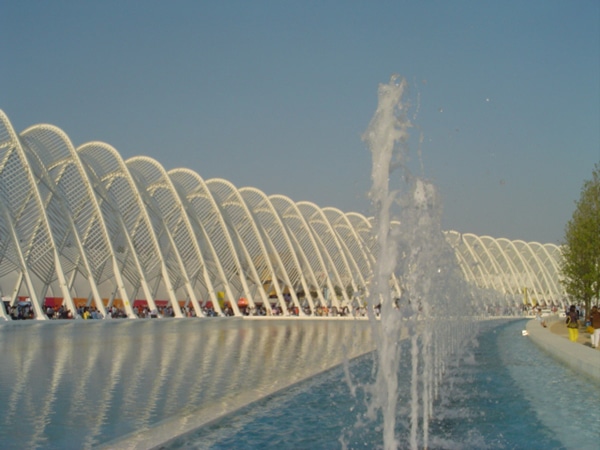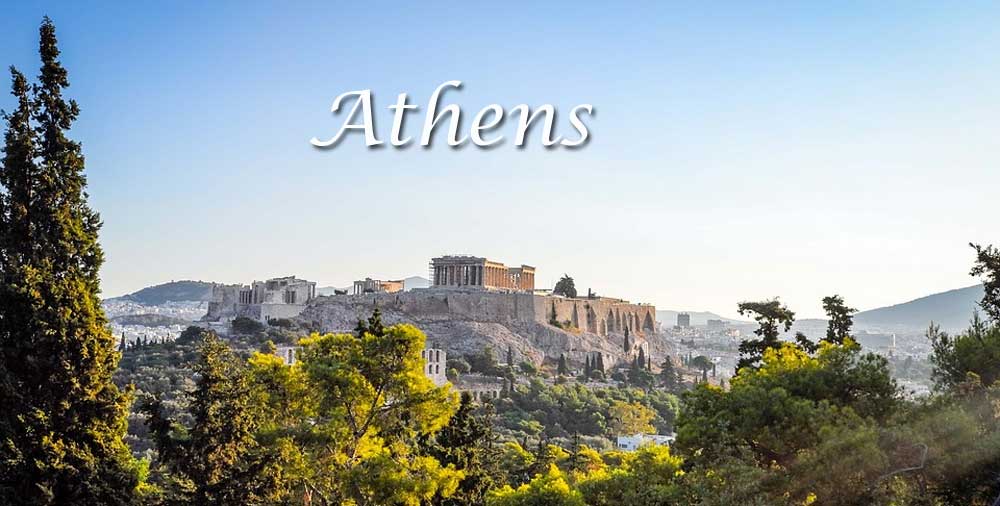Architectural style of Athens from Byzantine to modern times
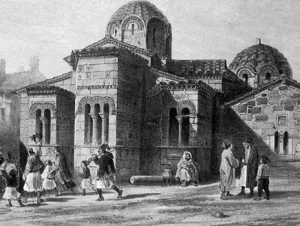
From the Middle Byzantine period only small churches remain, mostly with an inscribed Greek cross: Aghioi Apostoli (11th century), Theotokos of Lykodemos (11th century), Aghioi. Theodori (11th century); Kapnikarea (11th century), Panaghia Gorgoepikoos (12th century).
Some monasteries in the immediate surroundings of Athens are also important like Dafnì , Kaisariani. From the Ottoman era there are some mosques that were later transformed, such as the one at the Monastiraki (Museum of decorative arts).
19th century Architecture
In the 19th century public buildings were built in the neoclassical style by the architects Hansen and Ziller. At Syntagma square was build the Royal palace (1834-38 ) from von Gaertner, and the cathedral of Athens (1840-55).
In classical style are also the Polytechnic (1862), the National Museum (1866, L. Lange) and the Zappion ( 1880). Civil buildings and classical dwelling houses characterize the city in the late 19th century and in the first half of the 20th.
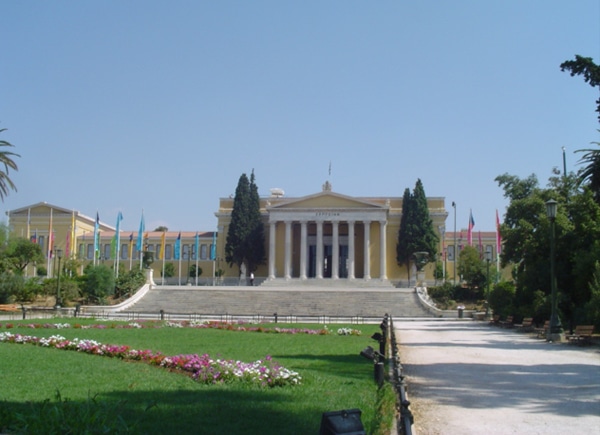
20th century Architecture
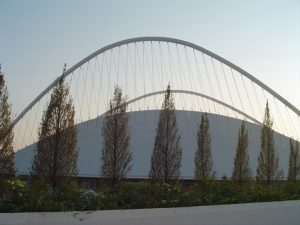
Even later, urban architecture aligned itself with international trends (Bodosakio school of the College of Athens, 1977. dwellings in Kifissia, 1999, by T. Koubis and bioclimatic architecture began to be experimented (Solar Village 3 in Pefki-Lykovrissi) .
Especially on the occasion of the 2004 Olympics, internationally renowned architects created daring and futuristic constructions (National Bank building, 1999-2001, M. Botta, Olympic Park, 2003-04, S. Calatrava, Katehaki pedestrian bridge, 2004, S. Calatrava, the new Acropolis Museum, 2004, B. Tschumis).
The three lines of the Athens metro are also of great architectural and artistic interest, a sort of museum of ancient and contemporary art. An important urban intervention program was also carried out (2002-04) for the remodeling of the historic center and the unification of the archaeological sites.
